Spring into weed control
15 Sep 2021
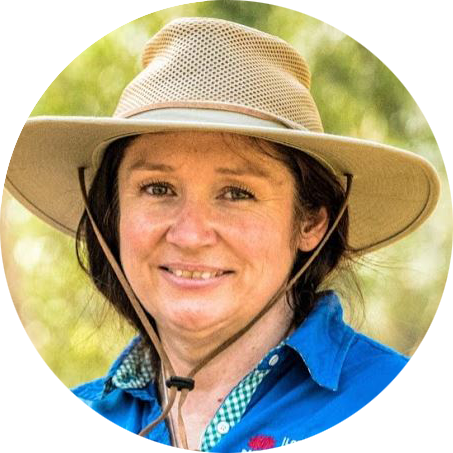 SMALL FARMS NETWORK - SPRING 2021 - PESTS & WEEDS
SMALL FARMS NETWORK - SPRING 2021 - PESTS & WEEDS
By Natasha Lappin
Regional Weeds Coordinator
M: 0429 827 471 | E: natasha.lappin@lls.nsw.gov.au
Spring has sprung, and all things green are growing well with the recent rains and warm sunshine! But as you probably know, it’s not just the plants you want that are growing.
Now is the time to be on the lookout for plants growing on your property that you may wish to control. By keeping a record of what weeds you find and where they are growing, it will help you to develop a timely annual control program for them as they emerge each season.
Most weed seeds survive in the soil for several years, so even those plants you think you had removed last season may pop up again and again and require an on-going control program to keep them in check.
Many weeds have more than one control method that can be applied, so don’t be afraid to use a range of methods in your weed control program. Manual removal, herbicide spraying, grazing, slashing and biological controls are all important weapons in your arsenal.
Timing is also important, as control of weed species needs to occur prior to seed set. Some species take a very short time to get from flowering to seed set, so make sure you keep checking over your paddocks regularly to see what plants are germinating and when they might need to be controlled.
Several plants are poisonous to stock, pets and people, so take the time to learn which species you should be aware of and what weeds are known to grow in your area.
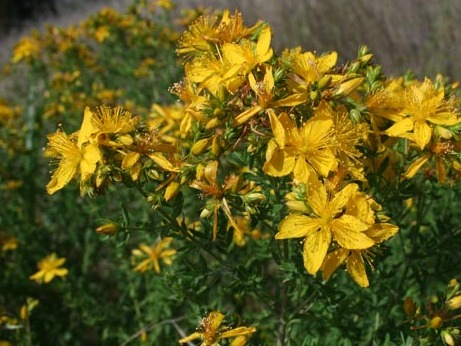
Species to keep an eye out for include St Johns wort (Hypericum perforatum). which is an upright woody plant with bright yellow, five-petal flowers that can sometimes be mistaken for native wildflower species. St Johns Wort (above) is toxic to livestock, and spreads easily from seed, root suckers and fragments.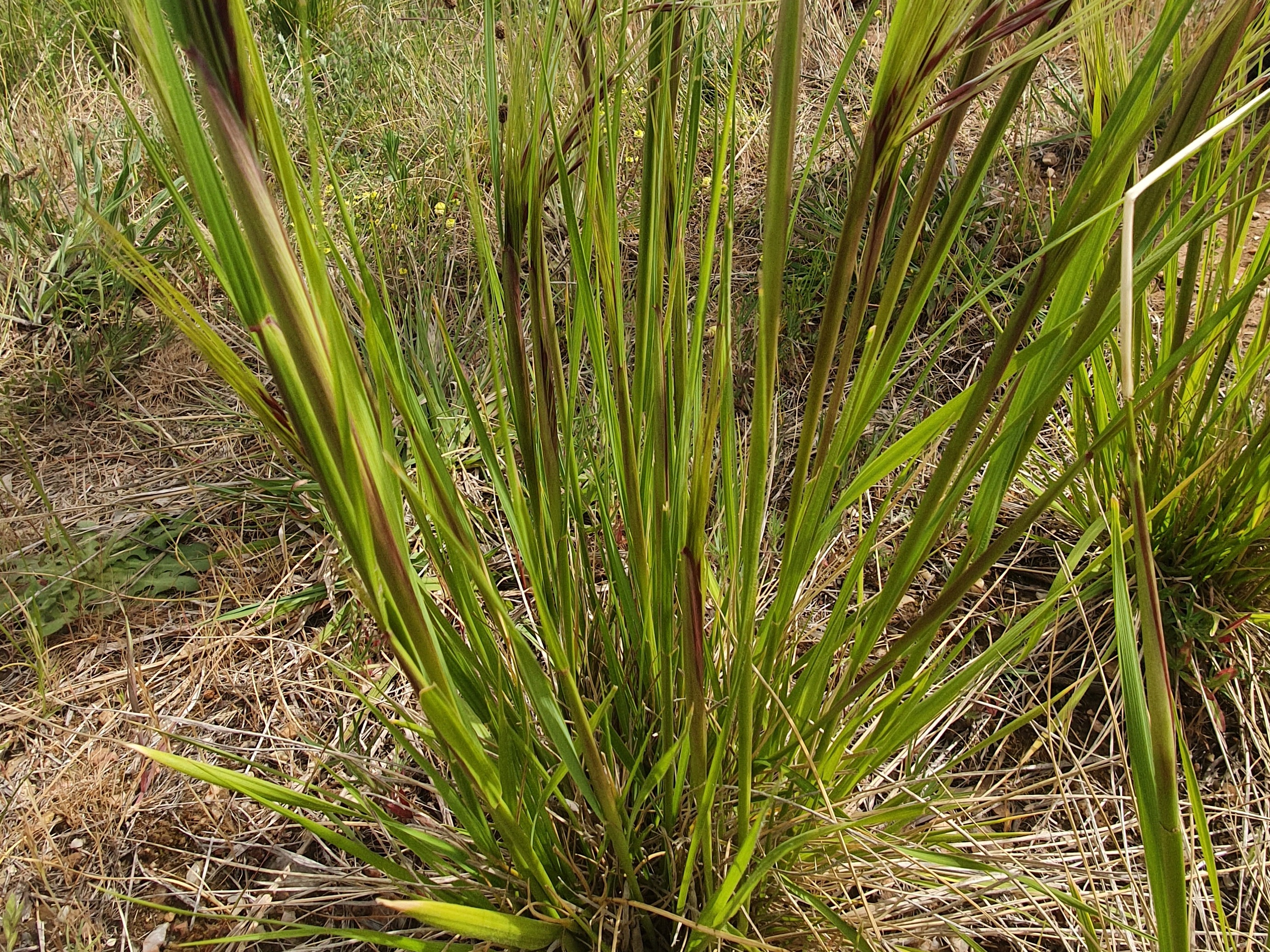 Chilean needle grass (Nassella neesiana) is an introduced grass species that grows in tussocks up to 1m tall. This grass is highly invasive and can take over pastures, reducing productivity. The seeds can also damage animals’ eyes, pierce their hides, downgrade wool, affect meat quality and reduce biodiversity. Chilean needle grass (above) has a purple tinge to the seed heads and backward-facing hairs.
Chilean needle grass (Nassella neesiana) is an introduced grass species that grows in tussocks up to 1m tall. This grass is highly invasive and can take over pastures, reducing productivity. The seeds can also damage animals’ eyes, pierce their hides, downgrade wool, affect meat quality and reduce biodiversity. Chilean needle grass (above) has a purple tinge to the seed heads and backward-facing hairs.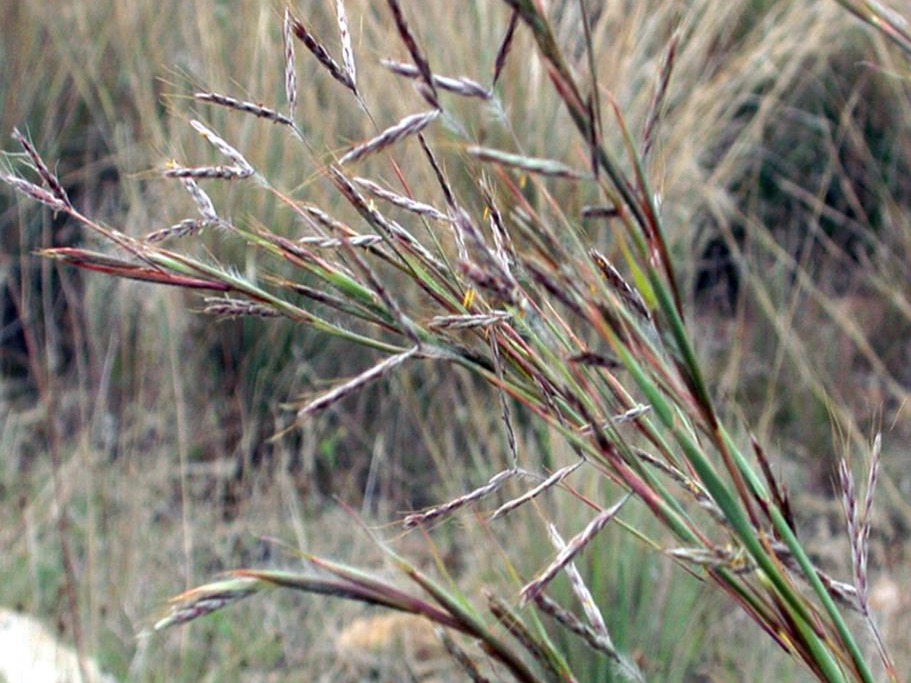 Another grass to be aware of that enjoys spring conditions is Coolatai grass (Hyparrhenia hirta), above. Another introduced tussock grass, it is capable of taking over pastures and natural areas. Spread easily from seed, this grass is resistant to drought, fire and herbicides.
Another grass to be aware of that enjoys spring conditions is Coolatai grass (Hyparrhenia hirta), above. Another introduced tussock grass, it is capable of taking over pastures and natural areas. Spread easily from seed, this grass is resistant to drought, fire and herbicides.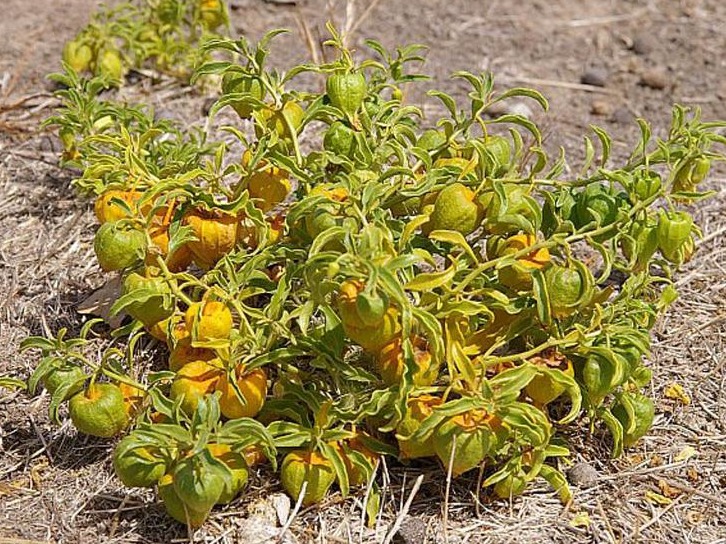
Perennial ground cherry (Physalis longifolia) and prairie ground cherry (Physalis hederifolia), above, are herbs that are unpalatable to stock and compete for resources in pastures and natural areas. These plants are spread through seeds that develop inside the berries, which are green when young but change to orange as they mature.
For help identifying weeds of the Murray region, Murray and Riverina Local Land Services and their respective regional weed committees have updated the Priority Weeds of the Murray and Riverina Regions Identification Guide. For your copy, please contact your Murray Regional Weeds Coordinator on 0429 827 471.
If you suspect you have of these weeds on your property, contact your local Councils Weed Biosecurity Officer for advice.